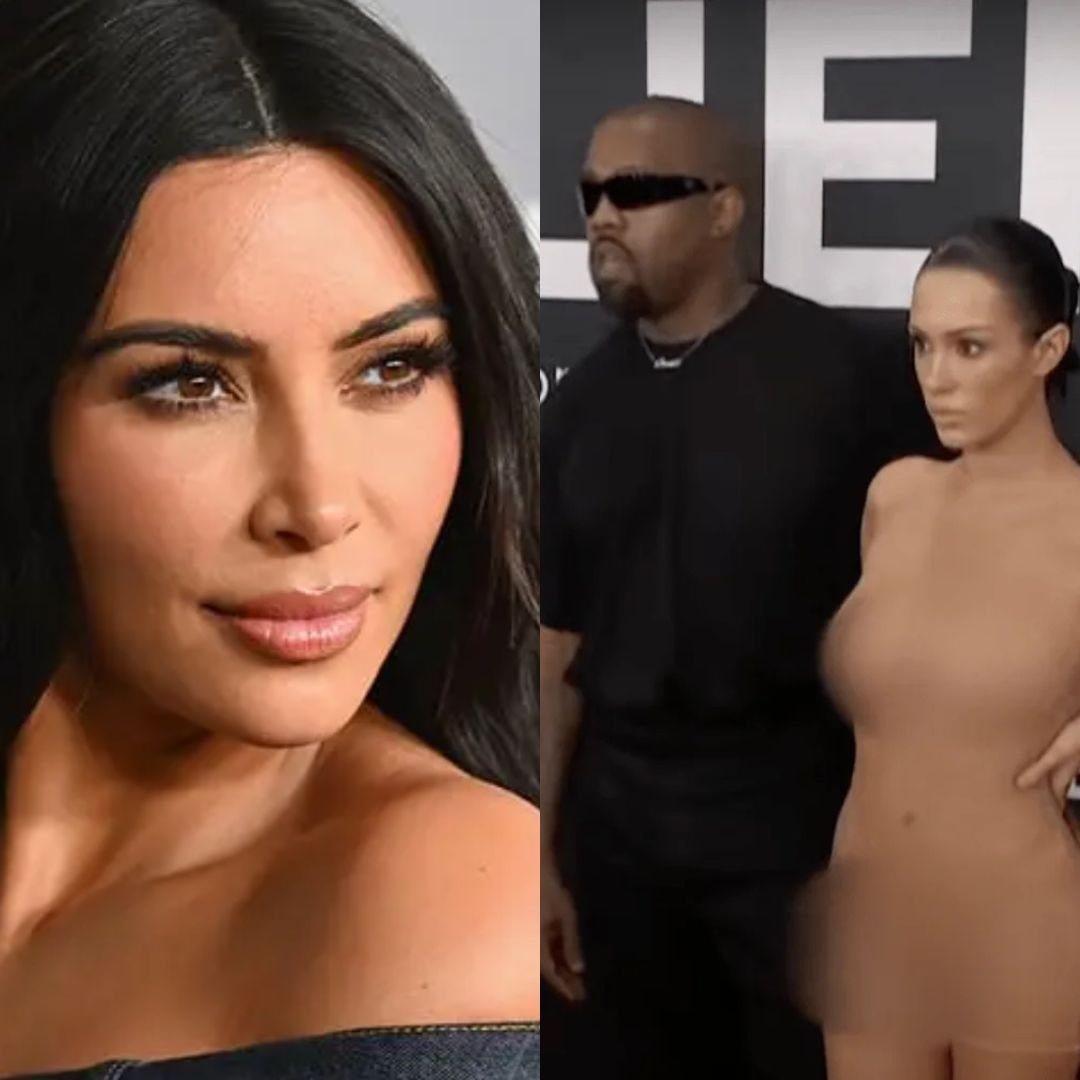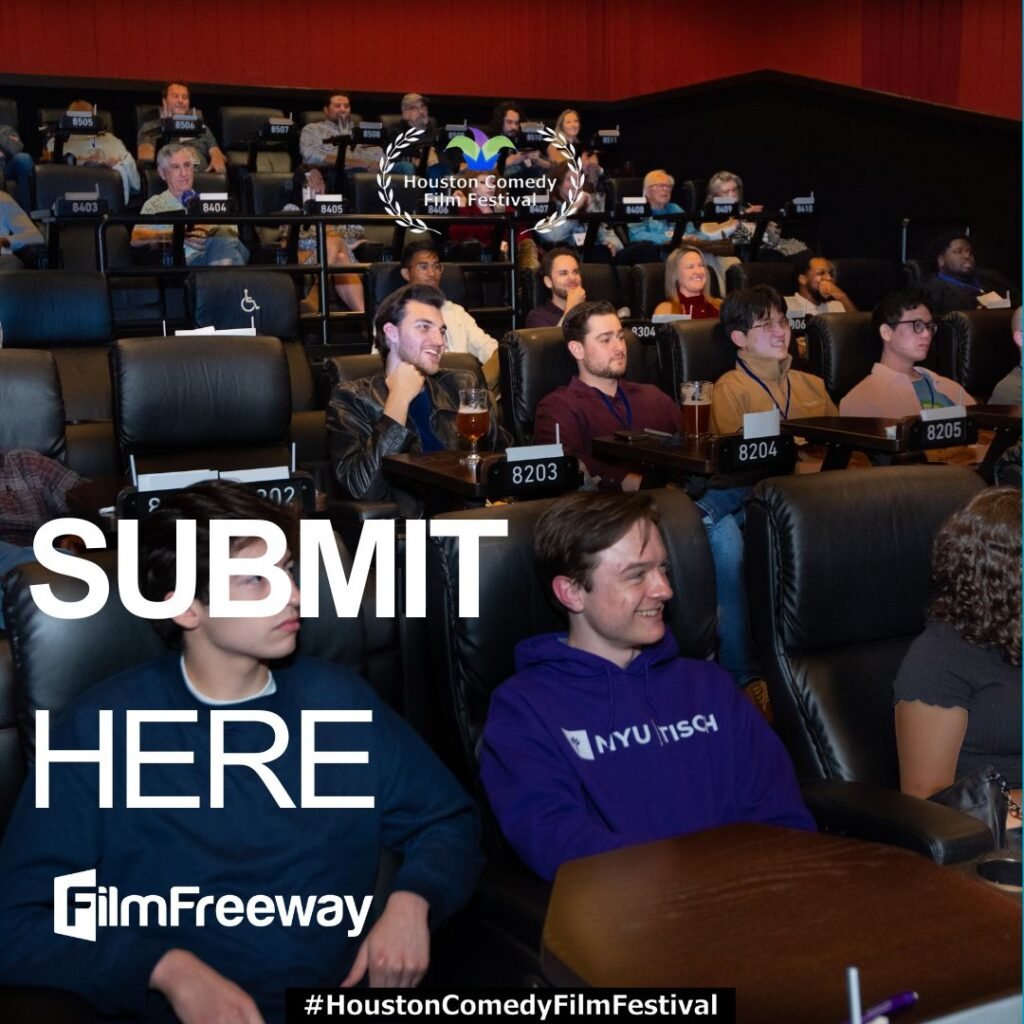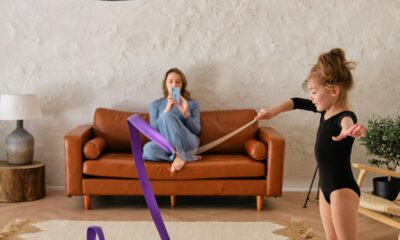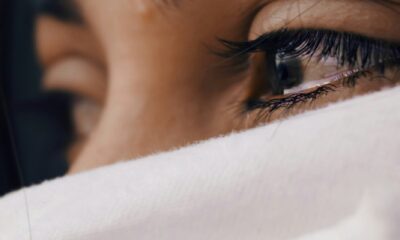Entertainment
Back in Style! See Stars Slay Low-Rise Jeans: Rihanna, Bella Hadid, More on August 15, 2023 at 9:02 pm Us Weekly
Welcome to the low-rise renaissance! After trending in the early 2000s, low-rise jeans are back on the rise and better than ever.
The fad first became popular when stars including Brittney Spears, Paris Hilton, Lindsay Lohan and more showed off their fabulous figure wearing the pants. One of Hilton’s most iconic looks came in 2002 when she paired the denim with a pink halter top that wrapped around her abs while attending Ivar Nightclub’s Grand Opening Party in Hollywood. She topped the getup off with a peachy belt, heart-shaped necklace and rhinestone embellished bracelet. Although she adored the look in the past, the businesswoman told Fashionista in March 2022 she doesn’t know if she would “rock it again” and is instead “into the high-waist” jeans trend.
Spears, on the other hand, took the denim to a new level when she wore a pair so low it exposed her hip bones. In 2003, the “Toxic” singer promoted her album In the Zone in New York City while wearing a yellow halter top and baggy denim pants. She topped the look off with a white belt finished with dangling chains. Unlike Hilton, the “Circus” artist is a bit more open to the pants coming back. Last June, she revealed that her old wardrobe still fits two decades later. “Went to the old house yesterday to finish packing and look what I found … these adorable white jeans,” she wrote on Instagram at the time. “No lie I think it’s been 20 years since I wore white jeans and they actually fit!!!”
Around 2008, the jeans started to go out of style — but now stars including Rihanna, Bella Hadid, Julia Fox and more are bringing it back and we couldn’t be happier watching the throwback trend resurface.
Hadid looked futuristic when she slayed the pants with a white crop top, black Balenciaga jacket and metallic sunglasses while arriving at the French fashion house’s show in July 2022. For the Paris event, the supermodel slicked her brunette locks back into a tight ponytail and sported peachy lips. She completed her ensemble with long nude nails, sharp eyeliner and a leather bag featuring a gold chain strap.
Another one of our favorite looks came in February 2022, when Rihanna looked fierce attending a dinner in Los Angeles. The “We Found Love” singer showed off her growing baby bump (she’s expecting her second child with A$AP Rocky in 2023) with a pair of low-rise jeans, a crop top that tied in the middle, a fur coat featuring multiple animal patterns, a camo hat and gold chain necklaces. The “Love on the Brain” songstress teamed the chic ensemble with a matte face, warm eyeshadow shades, nude lips and strappy pumps.
Fox, meanwhile, opted for a Canadian tuxedo while appearing at the Kenzo show during Paris Fashion Week in January 2022. The Uncut Gems star paired the light blue pants with a denim jacket featuring 3-D spiral details over her bust. For glam, the model commanded attention with daring black eyeliner that made her blue eyes pop and her tresses were slicked back into an updo. Fox posed next to her now-ex Kanye West at the time, who also rocked an all-denim look. The “Runaway” rapper’s getup featured a padded jean jacket, baggy pants, knee-high boots, black gloves and square shades.
We’re taking a look back at the most fashionable low-rise looks. Keep scrolling to see these stars and more!
Welcome to the low-rise renaissance! After trending in the early 2000s, low-rise jeans are back on the rise and better than ever. The fad first became popular when stars including Brittney Spears, Paris Hilton, Lindsay Lohan and more showed off their fabulous figure wearing the pants. One of Hilton’s most iconic looks came in 2002
Us Weekly Read More
Entertainment
Kim Breaks Her Silence After Kanye’s Controversial Grammys

Two days after Kanye West and Bianca Censori’s headline-grabbing appearance at the 2025 Grammy Awards, Kim Kardashian has subtly responded by focusing on her family and meaningful causes. The reality TV star and entrepreneur took to Instagram to share her experience at the @15PercentPledge Annual Gala, effectively ignoring her ex-husband’s controversial antics.
Kardashian, 44, made a fashion statement of her own in a black, backless, full-length dress, presenting a stark contrast to Censori’s revealing Grammy outfit. In her post, she highlighted the organization’s support for Black-owned businesses and entrepreneurs, demonstrating her commitment to important social causes.
While Kardashian didn’t directly address the Grammy incident, her actions spoke volumes. On the day of the awards show, she chose to spend quality time with her children. She took her 11-year-old daughter North to see the stage production of “Wicked” at the Hollywood Pantages Theater and later went to the movies with her 9-year-old son Saint. This deliberate focus on her family suggests Kardashian’s priority is shielding her children from the ongoing controversy surrounding their father.
Sources close to Kardashian reveal that she is “disgusted and alarmed” by West’s recent behavior, particularly concerning its potential impact on their children. The mother of four is reportedly worried about the example being set for North, who “idolizes her dad,” and is concerned about potential comments from their son Saint’s friends[3].
Kardashian’s approach to co-parenting amid the controversy has been cautious and protective. She has reportedly set strict rules for Censori’s interactions with her children, including bans on nudity and limitations on social media access. These guidelines aim to maintain consistency in the children’s routines and upbringing, regardless of which parent they are with.
As the situation continues to unfold, Kardashian remains focused on her children’s best interests, navigating the challenges of co-parenting in the public eye with grace and determination. Her recent actions serve as a testament to her commitment to her family, even in the face of ongoing controversy and media scrutiny.

Bolanle Media covers a wide range of topics, including film, technology, and culture. Our team creates easy-to-understand articles and news pieces that keep readers informed about the latest trends and events. If you’re looking for press coverage or want to share your story with a wider audience, we’d love to hear from you! Contact us today to discuss how we can help bring your news to life
Entertainment
Biden Signs with Top Talent Agency CAA

Former President Joe Biden has signed with Creative Artists Agency (CAA), a major Hollywood talent agency, just two weeks after leaving the White House. This move marks a reunion for Biden with CAA, which previously represented him from 2017 to 2020.
Key Details
CAA co-chairman Richard Lovett praised Biden, calling him “one of America’s most respected and influential voices in national and global affairs”. Lovett also highlighted Biden’s “lifelong commitment to public service” as one of “unity, optimism, dignity, and possibility”.
During his previous stint with CAA, Biden achieved several notable accomplishments:
- Published his memoir “Promise Me, Dad,” which became a New York Times bestseller
- Launched the “American Promise” book tour, selling over 85,000 tickets nationwide
- The book tour is believed to have inspired his eventual run for the presidency
Potential Opportunities
At 82 years old, Biden has kept a relatively low profile regarding his post-presidency plans. However, his signing with CAA suggests he may be exploring various opportunities, such as:
- Public speaking engagements
- Writing projects
- Media appearances

CAA’s Star-Studded Roster
CAA represents a wide range of high-profile clients, including:
- Hollywood actors like Meryl Streep
- Lifestyle mogul Martha Stewart
- Sports stars such as Shohei Ohtani
Looking Ahead
While Biden’s specific plans remain unclear, he has previously stated, “I’m not going to be out of sight or out of mind”. His partnership with CAA may provide a platform for him to continue influencing national and global affairs, as well as sharing his experiences and insights from his long career in public service.
As Biden joins the ranks of former presidents exploring post-White House opportunities, his association with CAA positions him to potentially engage in various projects that could shape his legacy and contribute to public discourse on important issues.
Bolanle Media covers a wide range of topics, including film, technology, and culture. Our team creates easy-to-understand articles and news pieces that keep readers informed about the latest trends and events. If you’re looking for press coverage or want to share your story with a wider audience, we’d love to hear from you! Contact us today to discuss how we can help bring your news to life
Entertainment
What Film Producers Really Do

When the credits roll and audiences marvel at a spectacular film, few realize the incredible journey that brought that story to life. At the heart of this journey is the film producer – a professional who is part creative visionary, part business strategist, and entirely passionate about storytelling.

Film producers are essentially the architects of cinema, transforming a simple idea into a fully realized motion picture. Their work begins long before actors step in front of cameras, starting with discovering compelling stories and securing the rights to bring them to screen. Imagine a producer as a talent scout with an incredible eye for potential, constantly searching for narratives that could captivate global audiences.
The producer’s role is remarkably complex and multifaceted. They’re responsible for assembling the creative team, which means finding the perfect director, negotiating with screenwriters, and making critical casting decisions. But their job isn’t just about creative choices – they’re also financial strategists who must secure funding, manage budgets, and ensure the project remains economically viable.

During actual film production, producers become problem-solvers extraordinaire. They navigate countless challenges, from unexpected location issues to creative disagreements, always keeping the project moving forward. They’re the bridge between artistic vision and practical execution, making sure the director’s creative goals align with financial realities.
Post-production is another critical phase where producers shine. They oversee editing, potentially request additional scenes, and prepare the film for distribution. Their networking skills become crucial as they negotiate with studios, potential distributors, and international markets to ensure the film reaches its intended audience.
What makes a great producer isn’t just technical skill, but a unique blend of creativity, business acumen, and relentless passion. They must understand storytelling deeply while simultaneously managing complex logistical and financial challenges. It’s a role that requires intuition, strategic thinking, and an unwavering commitment to bringing remarkable stories to life.
While actors and directors often receive the spotlight, film producers are the true unsung heroes of cinema. They are the magical professionals who transform abstract ideas into the movies we love, cherish, and remember. Their work is a delicate dance of creativity, strategy, and pure cinematic magic.

Bolanle Media covers a wide range of topics, including film, technology, and culture. Our team creates easy-to-understand articles and news pieces that keep readers informed about the latest trends and events. If you’re looking for press coverage or want to share your story with a wider audience, we’d love to hear from you! Contact us today to discuss how we can help bring your news to life

 Entertainment4 weeks ago
Entertainment4 weeks agoWhy Women Are Choosing Not to Have Children?

 Entertainment4 weeks ago
Entertainment4 weeks agoDid Ryan Reynolds Mock Justin Baldoni in Deadpool & Wolverine?

 News4 weeks ago
News4 weeks agoTop 5 Immediate Lifeline Resources for Fire Victims

 News4 weeks ago
News4 weeks agoBogalusa Mayor Arrested for Prostitution and Drugs

 Entertainment2 weeks ago
Entertainment2 weeks agoSelena Gomez’s Emotional Message to Fans on Immigration

 News2 weeks ago
News2 weeks agoTrump’s Executive Order Blitz: 200 Actions in 24 Hours

 Entertainment2 weeks ago
Entertainment2 weeks agoInside the Bizarre Obama-Aniston Gossip Saga

 Film Industry2 weeks ago
Film Industry2 weeks agoBaldoni Fights Back with Unedited Footage



























